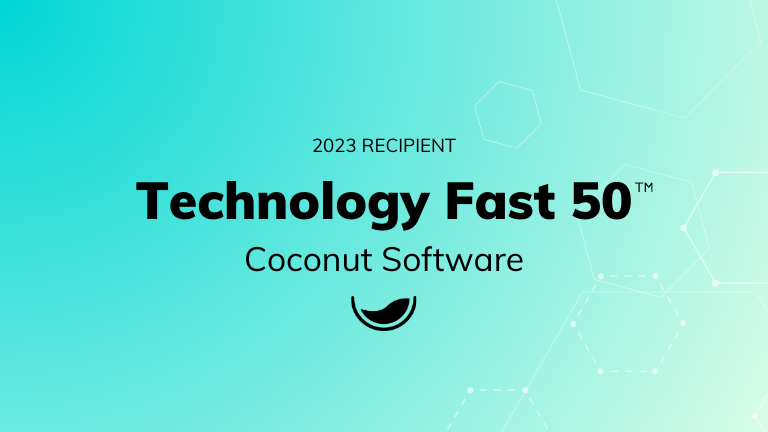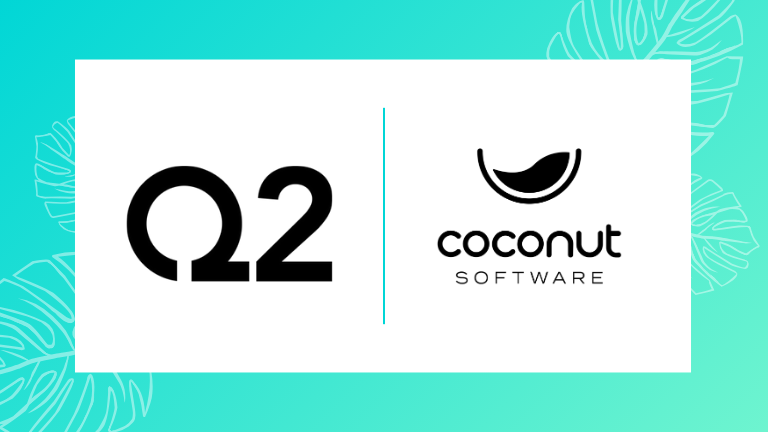Returning to Work After Maternity Leave

How companies can help make the transition back a little easier
Going on maternity leave, along with the many unknowns of a first time mother, was scary enough. What I didn’t anticipate was how tough it would be to return to work after my leave. However, Coconut’s preparation and willingness to accommodate my needs made for a seamless transition.
In a white paper written by Maven, 75% of expecting mothers say they’re excited to go back to work after giving birth. But in the end, 43% of them end up leaving their jobs. Returning to work is a big transition coupled with a mix of emotions – it is both exciting and terrifying.
Often bad reintegration experiences leave women looking for new opportunities. Companies should be asking what they can do to better support women, specifically working moms, to help attract and retain top female talent. This is especially important for tech companies that continue to lack female representation, only 14% of software engineering and 25% of computer science-related jobs are held by women.
Companies don’t need to implement costly initiatives – there are small changes you can make that will have a big impact on making the transition back to work a little easier.
Communication
Keep the line of communication open
It is important to stay in contact and be available to the employee but allow it to be on their terms – meet for lunch, share important documents, or invite them to key meetings. Attendance should never be mandatory but knowing it is available eases some of the fear of missing out.
Coconut allowed me to keep my email and Slack accounts active during my leave – I was able to share pictures, stay in contact with my team and keep up to date with changes that occurred. I continued to feel a part of the team and I wasn’t blind sided by any major changes.
Before my return, I had a video call with my manager to discuss the team dynamics, where I would fit in, and my top priorities once I returned. The team shared project updates and planning documents, this allowed for a quick ramp up once I was back. I was also invited to important team meetings but never felt obligated to attend because meetings were recorded and shared so I could watch at my own convenience.
Regular and consistent feedback
Once an employee returns to work it is important to ensure they have all the information they need to be successful in their role, set clear expectations and provide regular feedback. Managers should touch base to see how the employee is doing, acknowledging both their personal and professional well-being. Having a dedicated time to discuss how things are going, as well as tasks and goals, ensures everyone is aligned and the employee feels valued.
I received an onboarding package on my first day back at Coconut that included all the important company information and documents, such as an updated org chart, job description, policies and FAQs. It was nice having everything I needed organized in one place. During my first week, I met with my manager to discuss short term and long term objectives, as well as assign success metrics using 7Geese. This has really helped me stay focused and understand how I am contributing to our company objectives. There have definitely been days where I was questioning whether I was meeting expectations, but our regular 1-on-1 meetings, 3 month review, and Cheers (public recognition shared with the company) make it easy to get feedback, which has helped ease that anxiety.
Warm Welcome
Make their first day back exciting
Your employee is excited to be back, show them you’re just as excited to have them back by making their first day a little special. Announce their return to the company, introduce them to new team members, or take them out for lunch.
Coconut sent me a little welcome package before my first day back that included some company swag, treats and a handwritten note. I also received a small delivery from my manager which was an unexpected surprise. My return was posted to Slack and everyone at the company sent well wishes and welcomes. I was able to connect with new team members and scheduled a quick chat to introduce myself and get to know them a bit better.
Create a support network with co-workers
There are most likely a lot of other working parents at the company that have gone through similar experiences. Companies should encourage employees to create a group where parents can share experiences and seek support from other working moms at the company.
There wasn’t currently anything in place at Coconut but I knew there were many experienced moms I could lean on for tips and advice. Coconut already uses slack for office groups, such as D&D and puppy playdates, so it was the perfect place to connect with the other moms. Having an online group also allowed all employees to join and it wasn’t limited to those in the same office. Expecting mothers and those currently on maternity leave were also invited to join.
Flexibility
Parenting responsibilities don’t just disappear between 9-5, giving employees the freedom to decide when and where they work (within reason) is probably the most important. The Mom Project found that 88% of surveyed women considered flexibility to be as important as, if not more important than, salary. Not every job is suited to remote work but allowing employees to ease in, such as working half days for the first couple weeks or starting midweek, will help make the transition less overwhelming.
Coconut has always had a flexible working policy, such as working from home and flexible working hours, this has been invaluable for accommodating daycare and appointments. I was also able to start midweek to ease in and adjust to my new routine. At Coconut we get an additional 8 days off – Cabana Days. It’s nice knowing I don’t have to worry about what I am going to do if my kid gets sick or daycare is closed (a day to run errands sans kids is also very much appreciated). We are currently working from home full time due to the pandemic, but Coconut understands that employees may also need a place to work outside the home. They have assigned employees approved days to work from the office, the change in scenery and a fresh perspective has helped keep me focused.
Office Space
Provide special accommodations to make the office space more comfortable whether during pregnancy or after.
We are currently working remotely, so there were a few additional considerations when re-onboarding. Before returning, I was asked what I would need to do my job efficiently and was provided with everything needed to create a comfortable workspace from home.
Some additional Coconut office perks other companies can also provide include:
- Standing desks – Allows employees to change positions instead of sitting all day. I was also able to use an exercise ball during pregnancy which was great.
- Pumping space – Create a space for breastfeeding mothers that is both comfortable and private, there should also be a small fridge for storage.
- Healthy snacks – Provide healthy & nutritious snack options for breastfeeding moms.
- Stress relievers – Schedule a massage therapist, chiropractor or acupuncturist to come to the office.
- Benefit package that includes counselling for postpartum depressions or anxiety, as well as pelvic floor physiotherapy.
Returning to work is never easy, companies need to show both respect and empathy while employees navigate this transition, encourage them and know that there will be setbacks as they adjust to their new norm. In many ways I think I am still adjusting, but what I do know is that I have the support of my team, manager and company.





